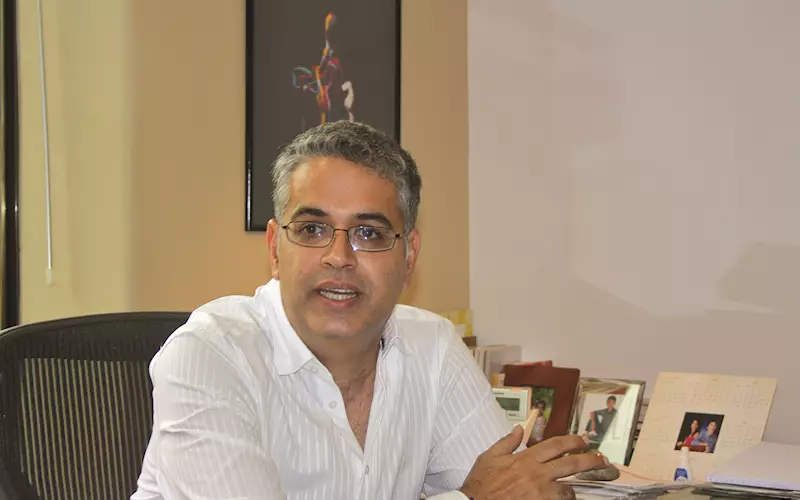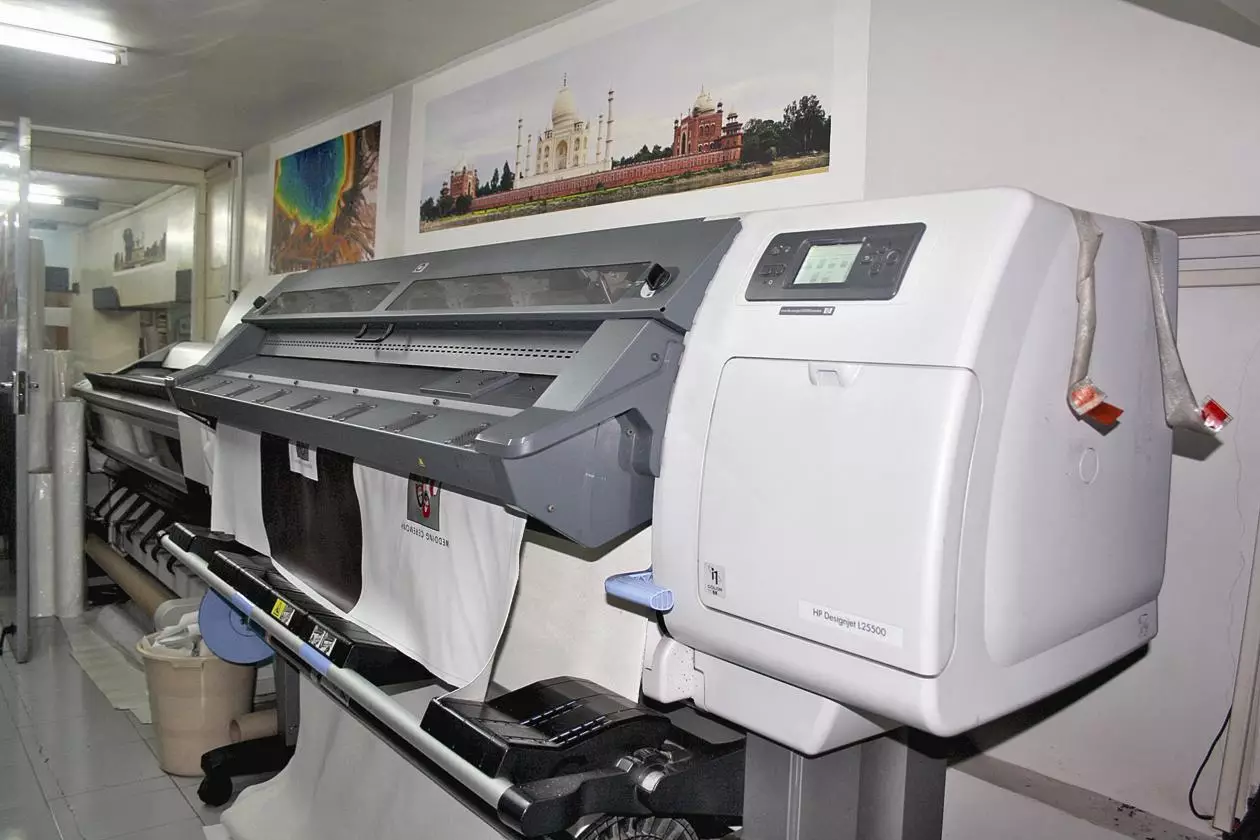Mazda: 10,000 ways to create print
With three decades of excellence in the photo business and a commitment to HP’s Indigo technology, Mazda has benchmarked standards in Mumbai and Ahmedabad.
17 Jul 2013 | By Rushikesh Aravkar
It was a busy day for Mazda’s managing director Phiroze Havaldar on 28 June. The reason being: An open house event organised for the customers from across the country to highlight its capabilities with the brand-new HP Indigo 10000.
Mumbai-based Mazda Imaging had been in the news for introducing India’s first HP Indigo 3050 in 2006. Now, gaining the first mover advantage again, the company has installed India’s first HP Indigo 10000. This has been the Mazda way.
At a special launch event hosted at Mumbai’s Taj Palace a day prior, HP’s Alon Bar-Shany, Roy Eitan, A Appadurai and Mazda’s Havaldar presented prints produced on Mazda’s new HP Indigo 10000.Established in 1982, Mazda Imaging has been a catalyst in the photo printing business in India – with silver halide technology and now with the digital printing. It was the first company to introduce and further develop the concept of mini photo labs in the country. The mini photo labs are a front-end retail store to cater to the walk-in clients.
Being an early mover, Mazda has reckoned the photo market rendering quality services to amateur, wedding, commercial and advertising segments for three decades.
Investing in digital
As the conventional silver halide technology for developing photographs saw a decline across the globe, Mazda decided to go the digital way. With digital cameras gaining popularity in India and film photography getting obsolete, Mazda gained an edge over its counterparts with the installation of India’s first HP Indigo 3050 in 2006. This enabled it to cater to high quality short run jobs especially targeting advertising agencies and photo book segments. Havaldar says, “With the Indigo’s offset-digital technology, we introduced photo books in the market. Conceptually, it was a new product and not well accepted in the industry but slowly and surely we were able to convince our customers to use this technology for photo books.
”In 2008, as a part of its expansion in Ahmedabad, Mazda installed HP Indigo 5500 at its Mumbai location and shifted the Indigo 3050 to Ahmedabad.
With the recent acquisition of Indigo 10000, Mazda has reinstated its trust in the HP Indigo range of digital presses. Mazda will now be able to offer a new range of bigger photo books and other innovative products to photo customers.
“We realised that the 10000 was the best way for us to move forward as it provided us with a new platform, differentiation, and opportunities. I think the Indigo 10000 will be a game changer not only for Mazda but for the general commercial market in India,” says Havaldar. “With the 10000, we have opened up range of avenues for ourselves. These include short-run publishing, packaging proofing, general commercial printing etc. We will take some time to explore and evaluate these opportunities and consciously decide the areas to get into successfully.”
Havaldar cites an instance of a print job Mazda is presently doing. “We have taken up a job of printing 50 photo books of a 90th birthday celebration in a size that is bigger than the normal 12x18inch albums. “We now have a size advantage with the HP 10000. It allows us the flexibility of taking up print jobs which require larger print sizes.”
According to Havaldar, the bigger size is a major part of the excitement. “We are now able to work comfortably with the larger-than-life size photo books,” adds Havaldar.Besides its size and other credentials, the 10000 is an environmentally friendly device when compared to the conventional silver halide technology used for printing photos.“A combination of the world’s finest short run printing technology using liquid electro inks and Mazda Imaging’s experience of over 30 years in the photo printing business has helped us establish ourselves as market leaders in the imaging business.”Mazda’s facility in Mumbai also houses Epson and HP Designjet L25500 wide-format printer. “We use these printers to do large format archival printing using archival papers and inks,” adds Havaldar.
Pan India presence
Mazda Imaging has built an all India presence with a distributor network spread across the country. It operates out of 18 self-owned locations in Mumbai, Ahmedabad and Pune.
Although Mazda’s business is driven by technology, their forte is the extensive manpower that joins bridges between its technology and customers and forms a robust delivery and distribution network. With a strong network of 500 collection points, Mazda has established itself as a leading player in the amateur market.
Havaldar adds, “We have a battery of runners who shuttle between collection points and production facilities to deliver the jobs. A workforce of over 300 people ensures reliable and consistent service to our customers through multiple production facilities to provide timely delivery across the country.”
Mazda Imaging also offers a unique fully equipped digital studio on hire as well as rental on location of high end digital cameras.
Havaldar, who sits at the helm affairs at Mazda, says, “We give our customers the advantage of a seamless workflow. From free high speed upload software to an advanced order tracking system, our customers are assured of a great product and a trouble-free experience.” For this the company has launched MOLS high speed uploader software for ordering photo books and uploading files. The client has to upload the images with uploader software. The company then designs the photo book and provides a preview. Once reviewed and approved, the photo book will be printed, bound and despatched within 48 hours.
Havaldar is quite optimistic about his business inspite of the prevailing conditions in the market. “We are very excited. The plan is to grow the photo book business and participate in general commercial printing business in a much better way. We have been showing our products to our customers and the response has been very positive and encouraging.”
Ron Eitan of HP says, “We see two amazing things happening in India – first is the quality that our customers, especially Mazda, is producing with our equipment can be compared to the best in the world. The second is that, we are seeing a lot of innovation and new applications being brought into the Indian market. It will positively impact the photo and general commercial market in India.”













 See All
See All